Spray-painted subway cars, tagged bridges, mural-covered walls – graffiti pops up boldly throughout our cities. It can make statements about our identity, art, empowerment and politics – while simultaneously being associated with destruction.
And it turns out: it’s nothing new.
Graffiti, the act of writing or scribbling on public property has been around for thousands of years. In the first century BC Romans regularly inscribed messages on public walls, while oceans away Mayans were constantly scratching away drawings onto various surfaces.
It wasn’t until the 5th century where the roots of the modern concept of vandalism were planted. As graffiti became increasingly associated with deliberate rebellion and provocativeness, more and more artists ventured out like owls in the night, painting the forgotten tunnels of a city.
Even though it gained rise in the 60s and 70s. The impact of this subversive culture was imparted by artists looking for new places to create while reacting and rebelling against society’s rules.
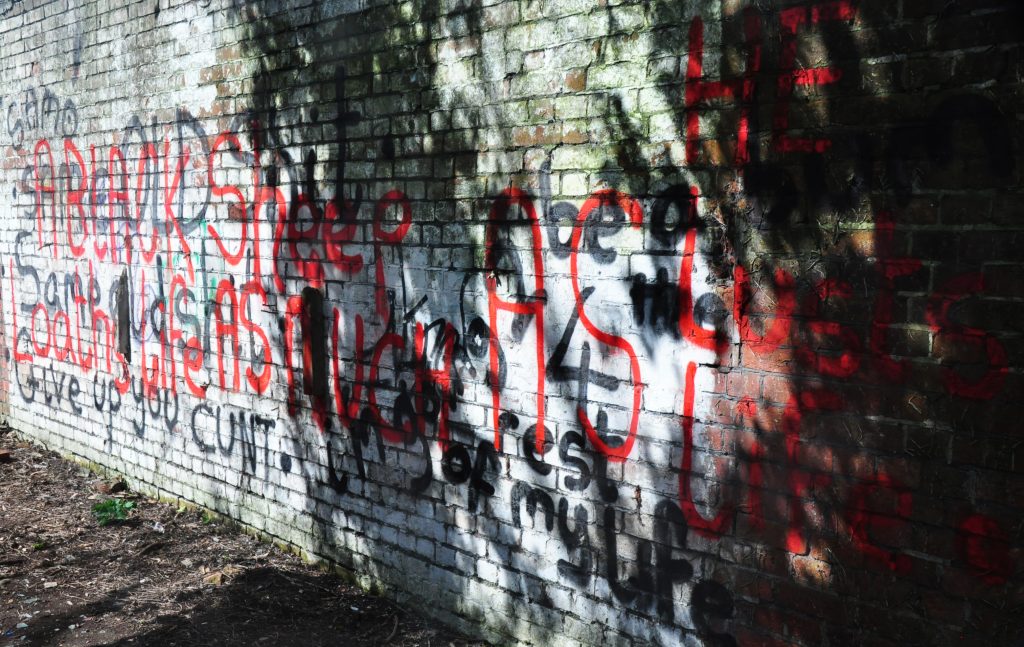
However, graffiti and street art emerged in most large cities, such as New York. It started off as humble vandalism but quickly progressed into a unique form of art that requires huge technical skills.
Some artists assumed multiple identities to avoid retribution while others did so to establish comradery or make a claim to the territory.
Another form of urban art that has grown in popularity is street murals. Street murals can be found all around cities and urban areas, and they usually tell a tale about the city or community in which they reside.
The act of tagging came about during the 1960s when artists and creatives alike used to mark walls to trace their movements around cities.
Taggers treated tagging as a competition over whose name could be seen around the city the most frequently. Many taggers would use permanent markers on subway trains at first and moved to spray paint as their styles became more complex.
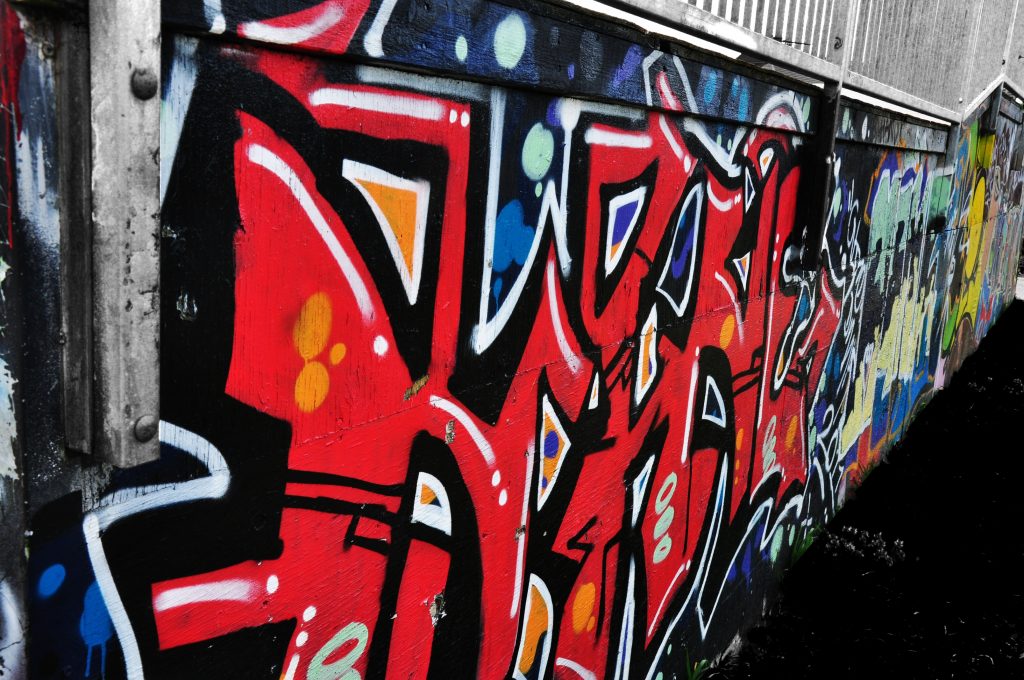
However, the very act that eventually forced itself into the shadows also added its intrigue and developed a growing base of followers. It also gave people a sense of release for rebellion during times when they wanted to challenge established boundaries of public property.
They reclaimed subway cars and billboards and both the Nazi party and resistance groups covered walls with propaganda during the World War. The Berlin wall’s one-sided graffiti can be seen as a striking symbol of suppression.
As this particular type of counter-culture became more mainstream, the creation of ‘graffiti-unions’ in the 1970s and the admission of select art galleries a decade later pushed the art out of the shadows and into the light.
Although graffiti is linked to destruction, it is also a medium of unrestricted artistic expression.
For example, the artist that changed the way people viewed this particular sub-culture and who made graffiti increasingly more popular was undoubtly Banksy.
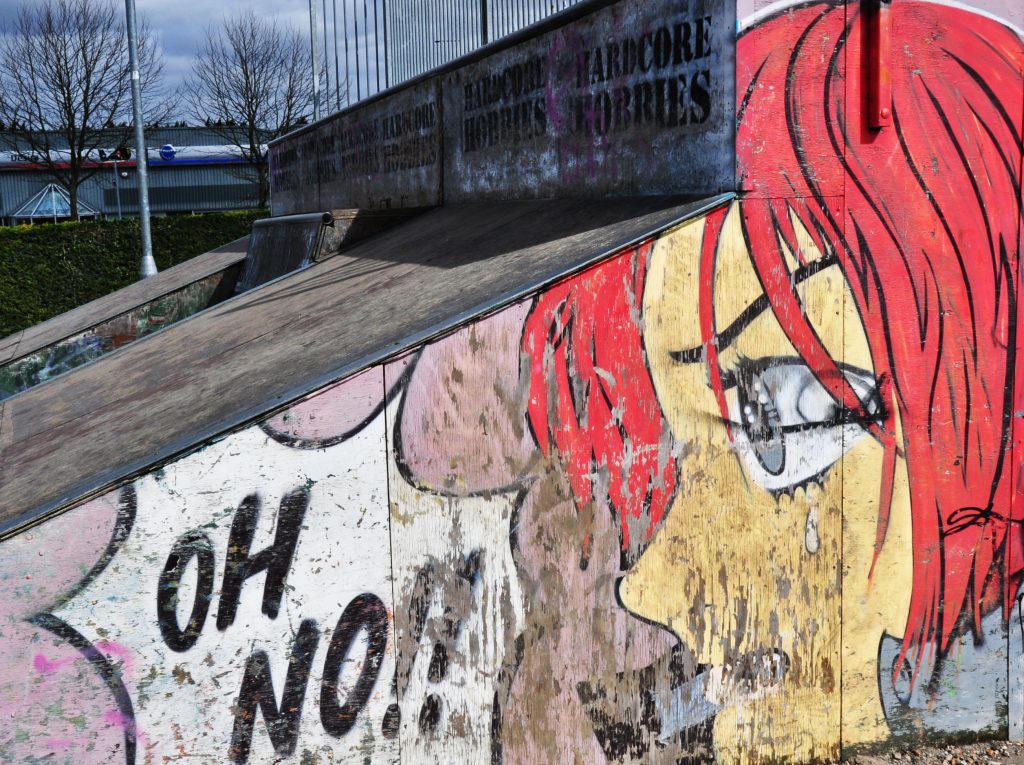
Banksy is easily the most mysterious artist alive. No one knows his true identity, even though he is adored all over the world. He paints his masterpieces in the most unusual places and leaves his viewers to scratch their heads in wonder.
During the recent Art Basel Miami 2021, his piece called — Charlie Brown— went for $4 million at Art Miami on opening day at Jay Rutland’s Maddox Gallery booth.
Now he and thousands of artists are joining in on the latest artistic 2021 revolution – the NFT world.
Crypto art is the beginning of a new art uprising. With the global adoption of non-fungible tokens (NFTs), the art world is witnessing a groundbreaking shift towards decentralized management, where artists and collectors interact directly with each other.
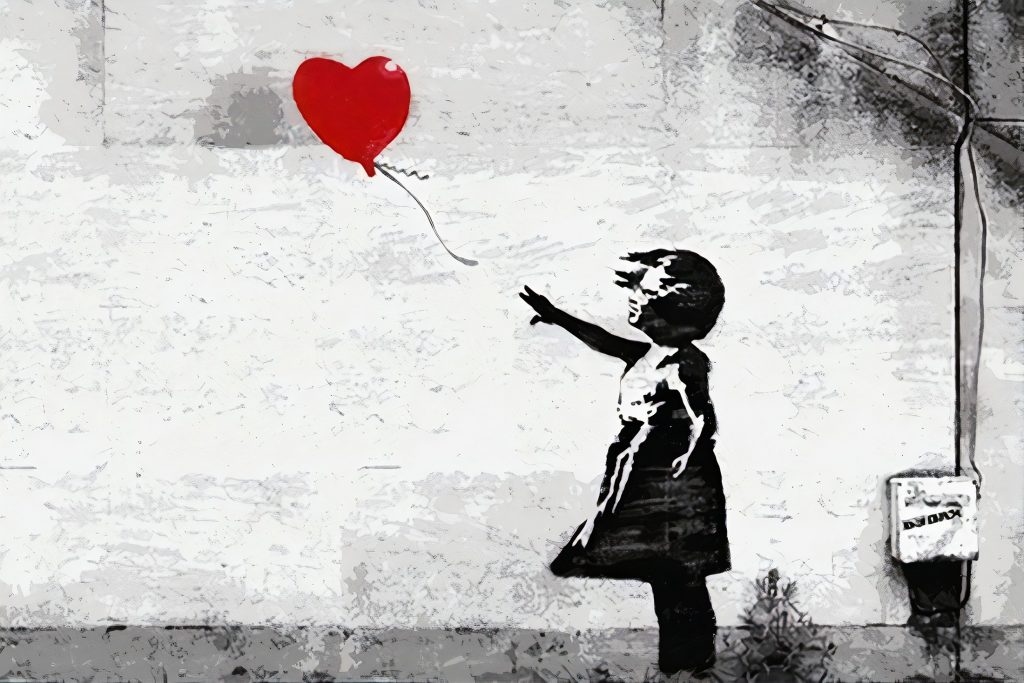
While physical artwork exists only in our three-dimensional world, at a specific location, NFTs are extremely versatile.
The fact that a piece of art is created through a physical medium does not limit it to exist only in the physical space. Drawings, graffiti, murals, sculptures, and every other form of physical art can be represented through a non-fungible token.
Today NFTs allow collectors to own artwork without even being on the same continent as it, thanks to global, decentralized ledgers and blockchain technology.
They are so popular that online artists are creating high-end spaces for people to invest millions into either collectables or individual pieces.
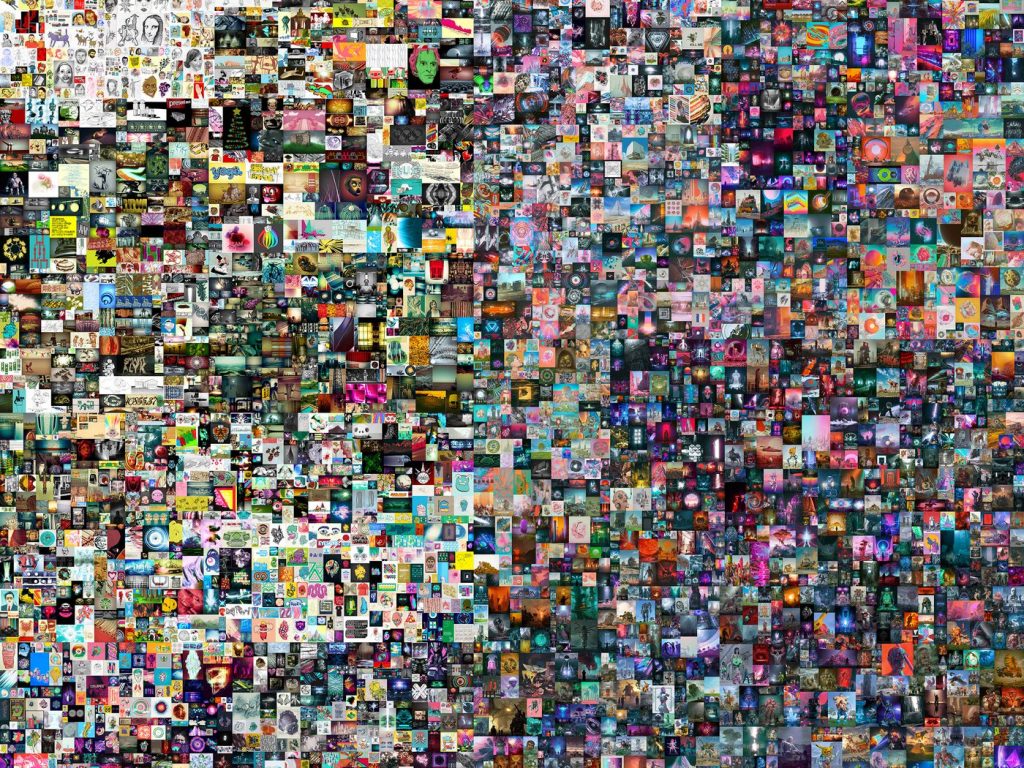
In March 2021, Mike Winkelmann, known as Beeple, topped the best-selling NFT artist list after a historic auction.
Selling for $69 million, the piece titled Every day’s: The First 5000 Days, was responsible for the mainstream media’s coverage on NFT sales.
This also marked the first time an established auction house sold crypto art and accepted cryptocurrency as payment.
The creative world has gone through a lot of changes over the years, but one thing remained the same – art will forever be a sign of creative expression, no matter the medium.
SEE MORE: The Whitechapel Gallery Presents A 100-Year Survey Of The Art Studio


